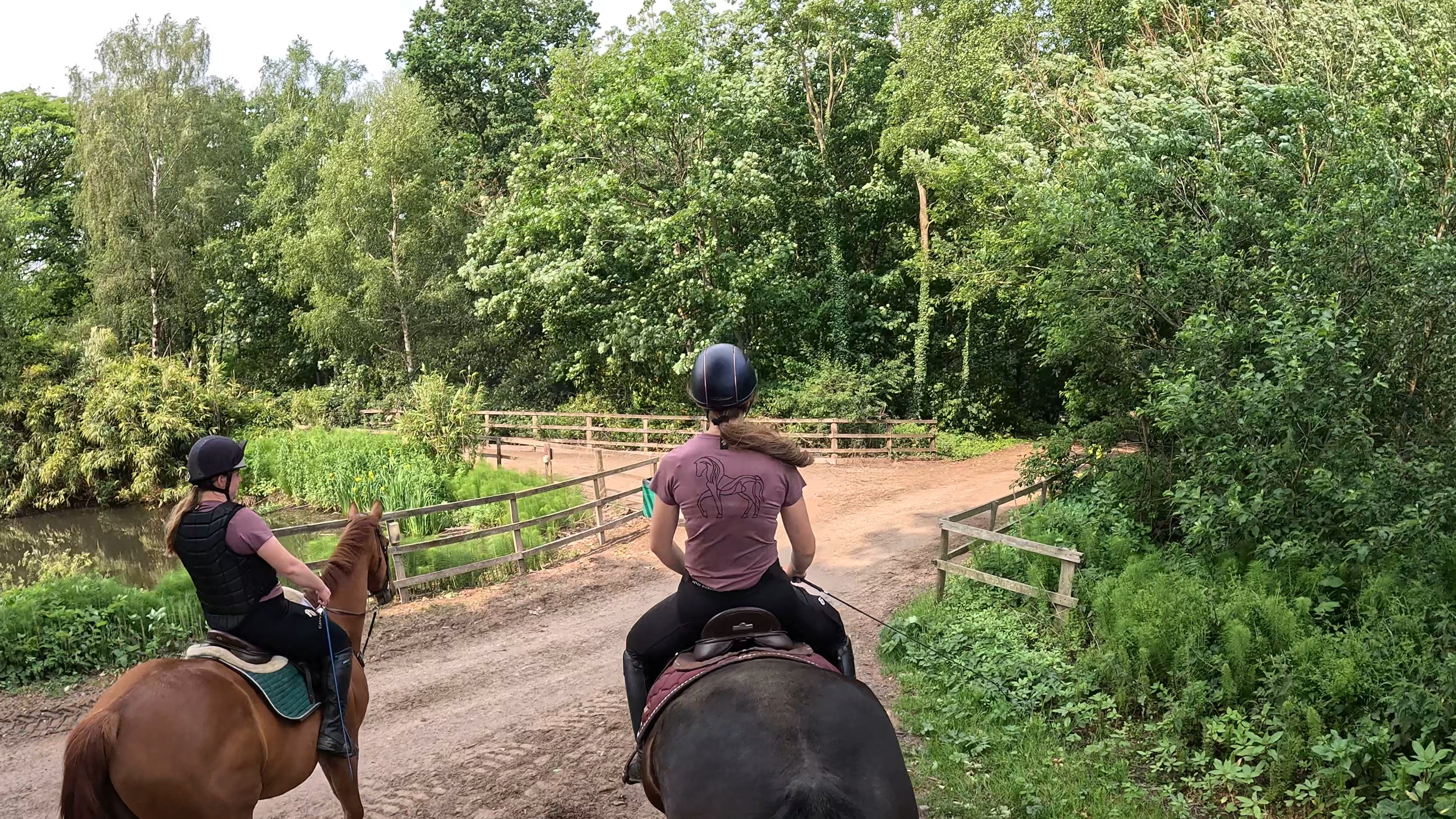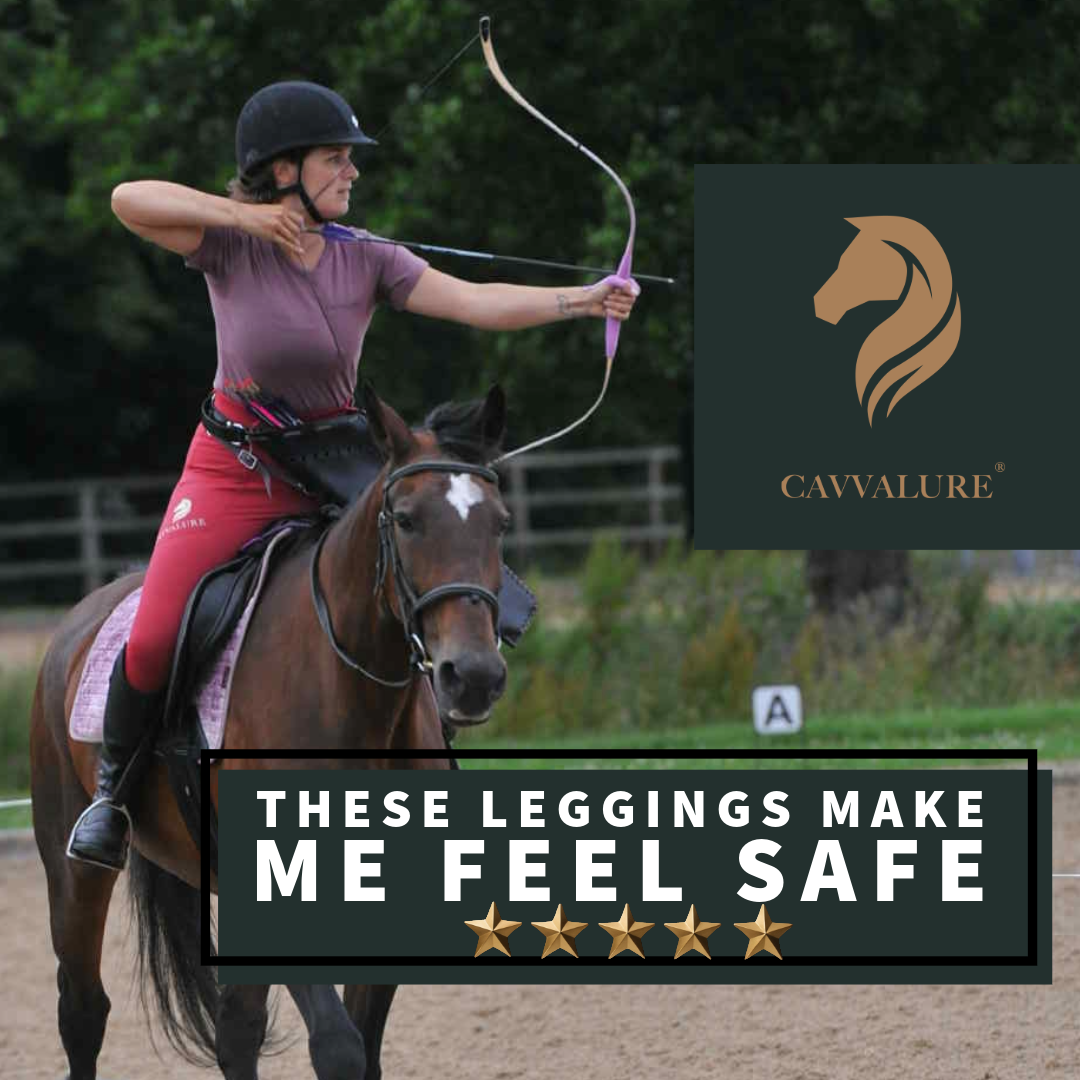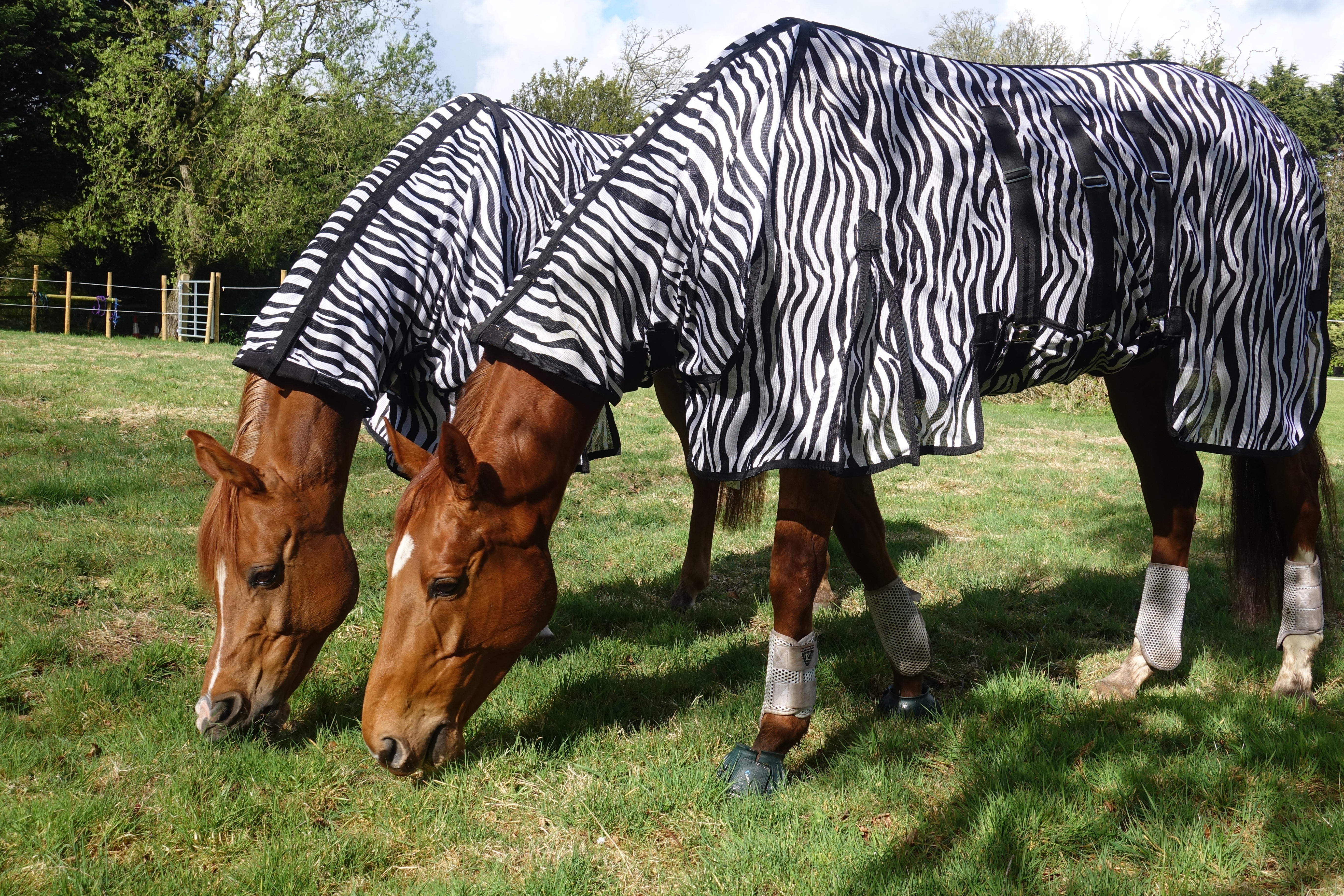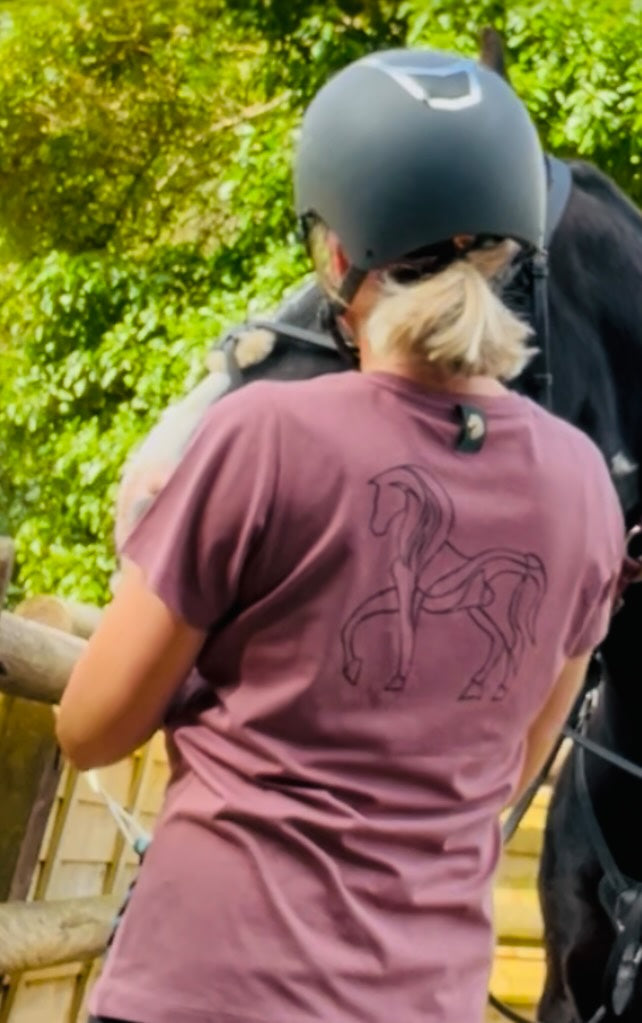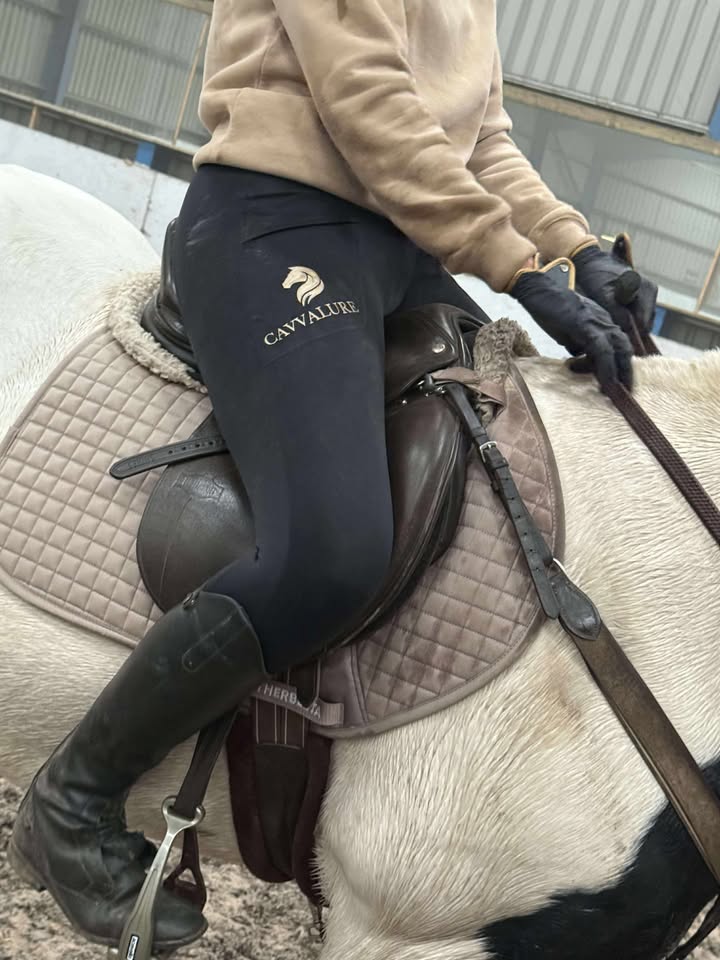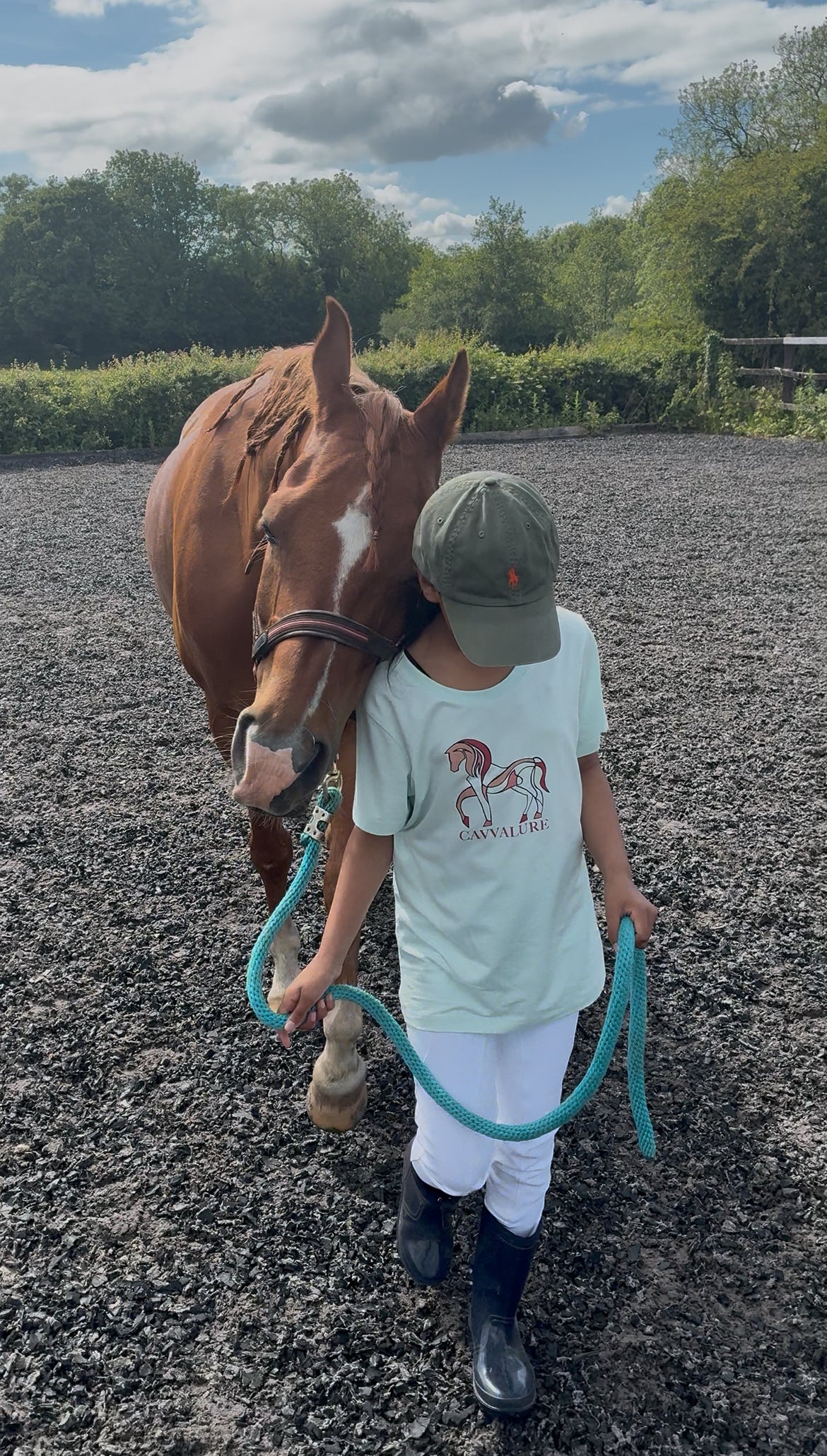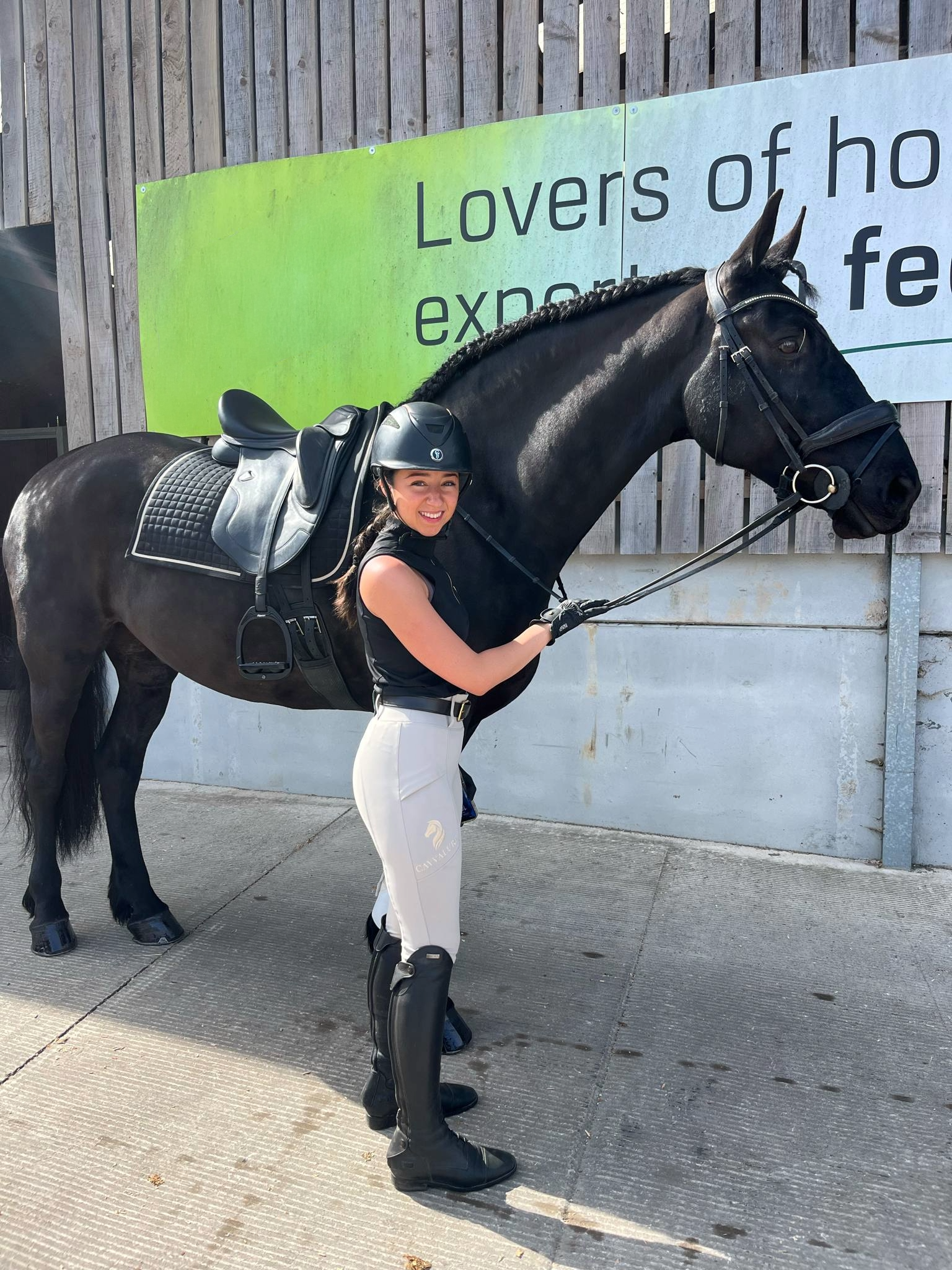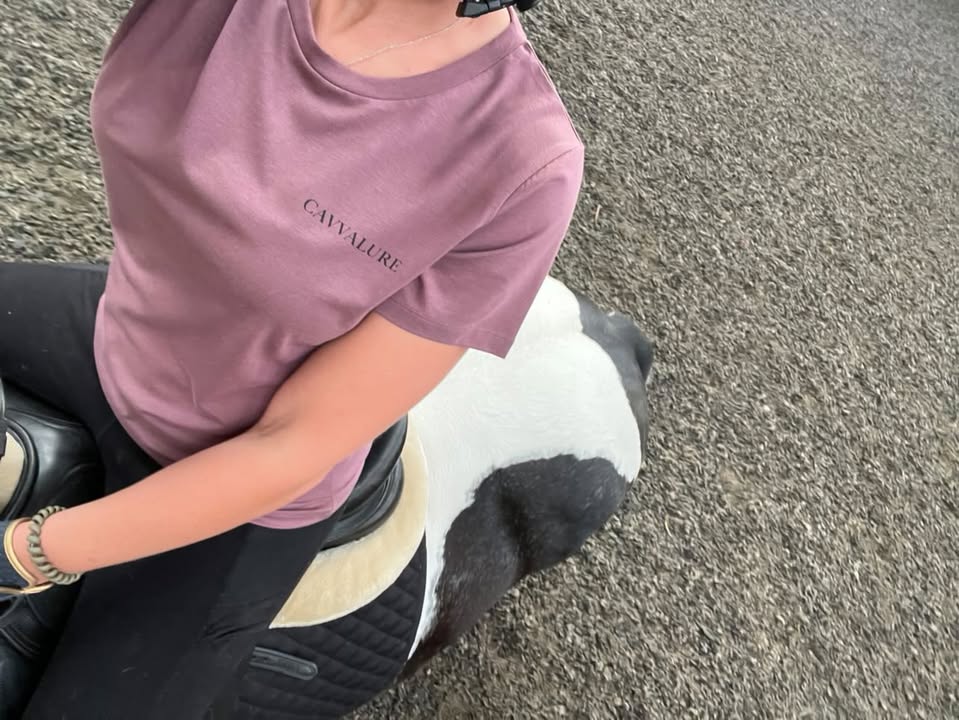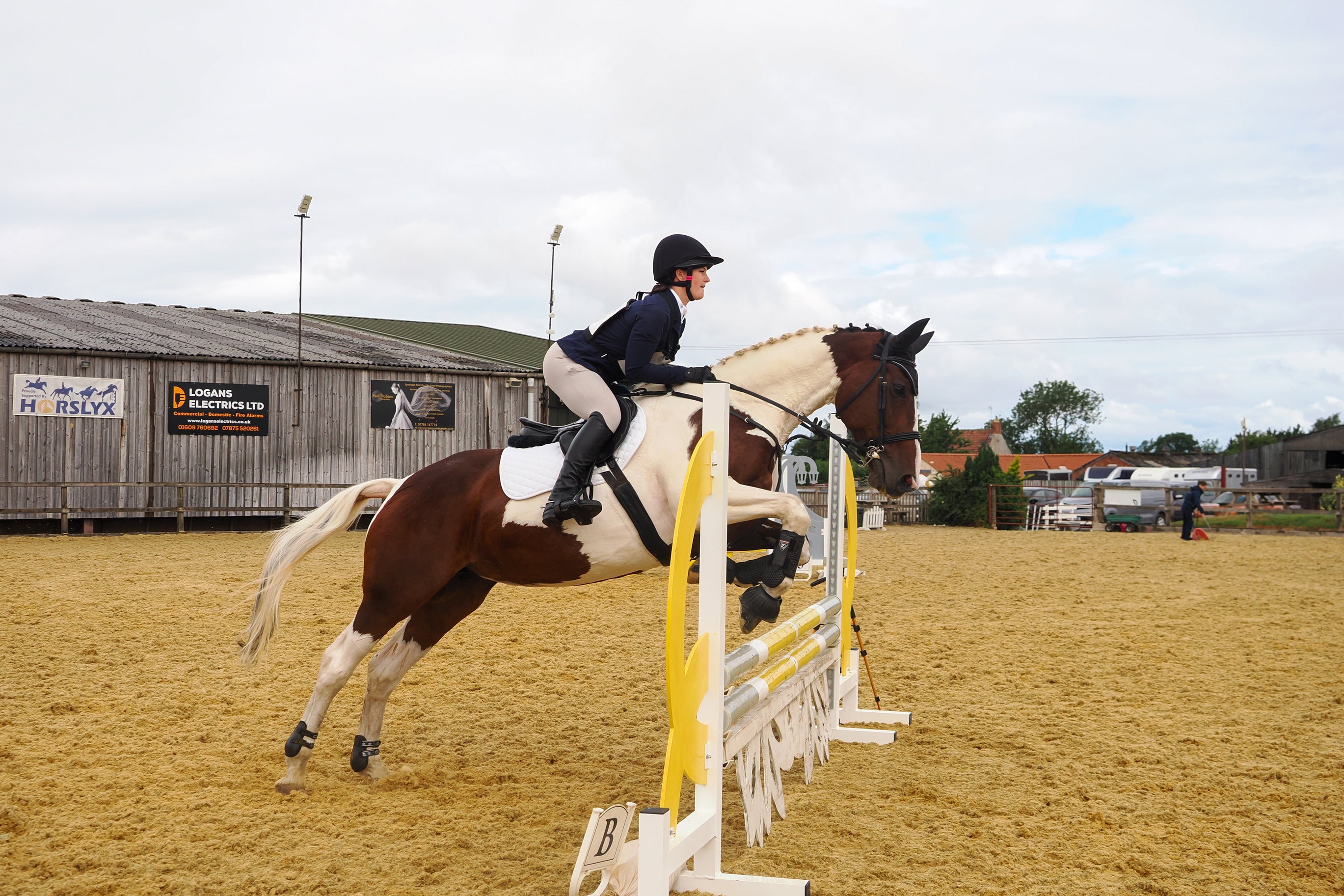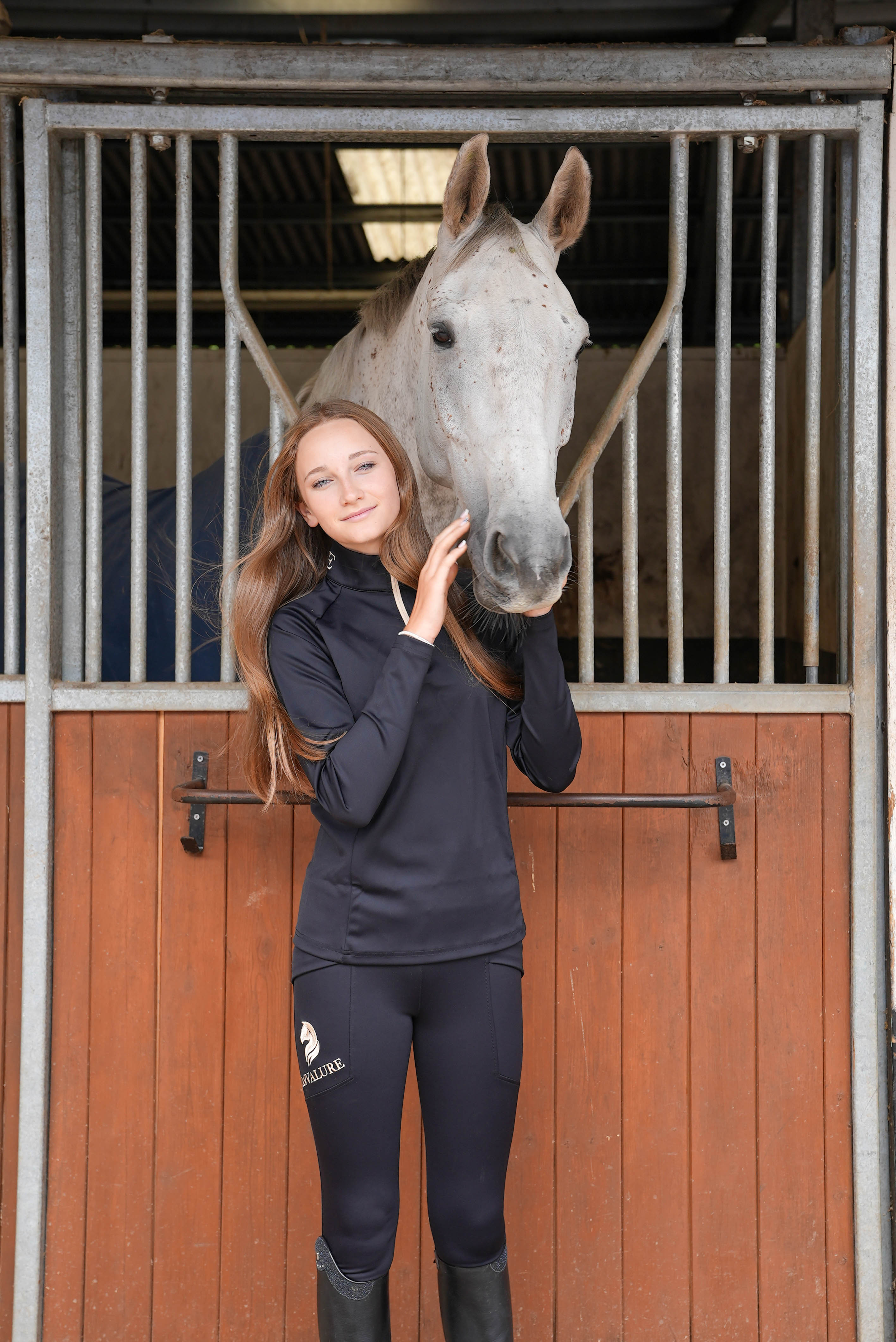Horse riding isn’t just a daytime activity. Whether you’re an early morning rider or enjoy a peaceful evening hack, visibility is crucial—not just for your safety, but for those around you. Being seen by drivers, cyclists, and pedestrians in low-light conditions can be the difference between a safe ride and a dangerous accident.
Understanding Visibility Distances
Human eyesight is significantly affected by lighting conditions. In daylight, a person wearing bright or high-contrast clothing can be seen from over 500 metres away. However, as light diminishes, so does visibility:
-
In low light or dusk, pedestrians in dark clothing might only be visible at 30 metres to a driver using dipped headlights.
-
Wearing reflective gear can increase this distance to 150 metres.
-
High-visibility clothing combined with reflective elements can extend visibility up to 300 metres under headlights.
For a vehicle travelling at 50 mph (80 km/h), the stopping distance (including reaction time) is around 53 metres in good conditions. If a driver only spots a horse and rider at 30 metres, they may not have enough time to stop safely.
How to Stay Visible
To ensure you and your horse remain seen by others, consider the following precautions:
1. Wear High-Visibility Clothing
Invest in high-visibility vests, jackets, or tabards designed for equestrians. Fluorescent colours (such as yellow, pink, or orange) work best in daylight, while reflective strips enhance visibility in artificial lighting, such as car headlights.
2. Equip Your Horse with Reflective Gear
Your horse should also be visible from all angles. Consider using:
-
Reflective leg bands or boots
-
A high-visibility exercise sheet
-
A reflective breastplate or bridle attachments
3. Use Lights for Extra Visibility
LED clip-on lights, helmet lamps, and flashing armbands can further increase visibility. Some riders attach rear-facing red lights to their saddle or tail wrap to mimic bicycle lights, making it easier for drivers to recognize them.
4. Plan Routes Wisely
Stick to well-lit areas where possible. If riding near traffic, always follow road safety rules and use designated bridleways when available.
5. Educate Other Road Users
Many drivers and cyclists are unaware of how horses react to sudden movements or loud noises. Riders should take the opportunity to educate their local community about passing wide and slow, especially in rural areas where horse traffic is common.
Final Thoughts
Ensuring that equestrians are seen in low-light conditions is essential for everyone’s safety. By investing in high-visibility gear, using lights, and staying aware of visibility distances, riders can significantly reduce the risk of accidents. Stay safe, be seen, and enjoy your ride with peace of mind!


